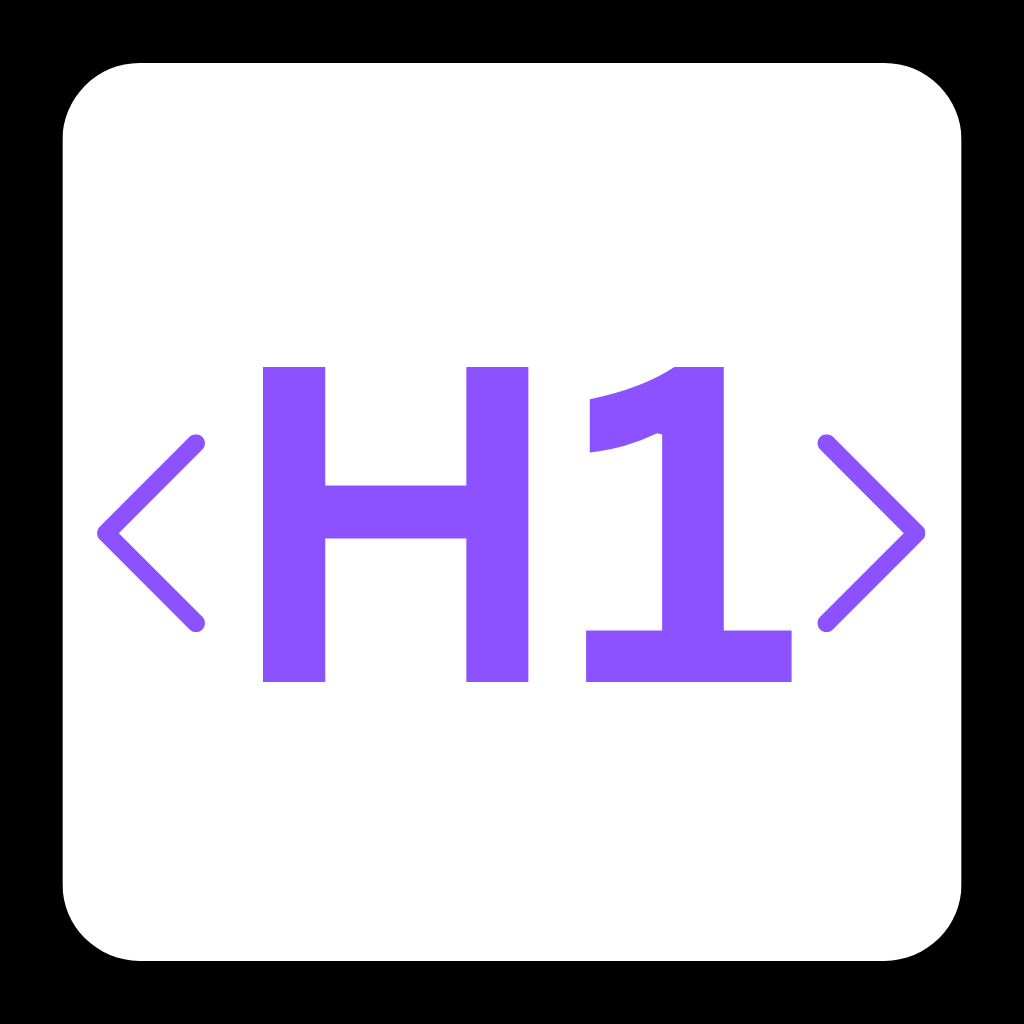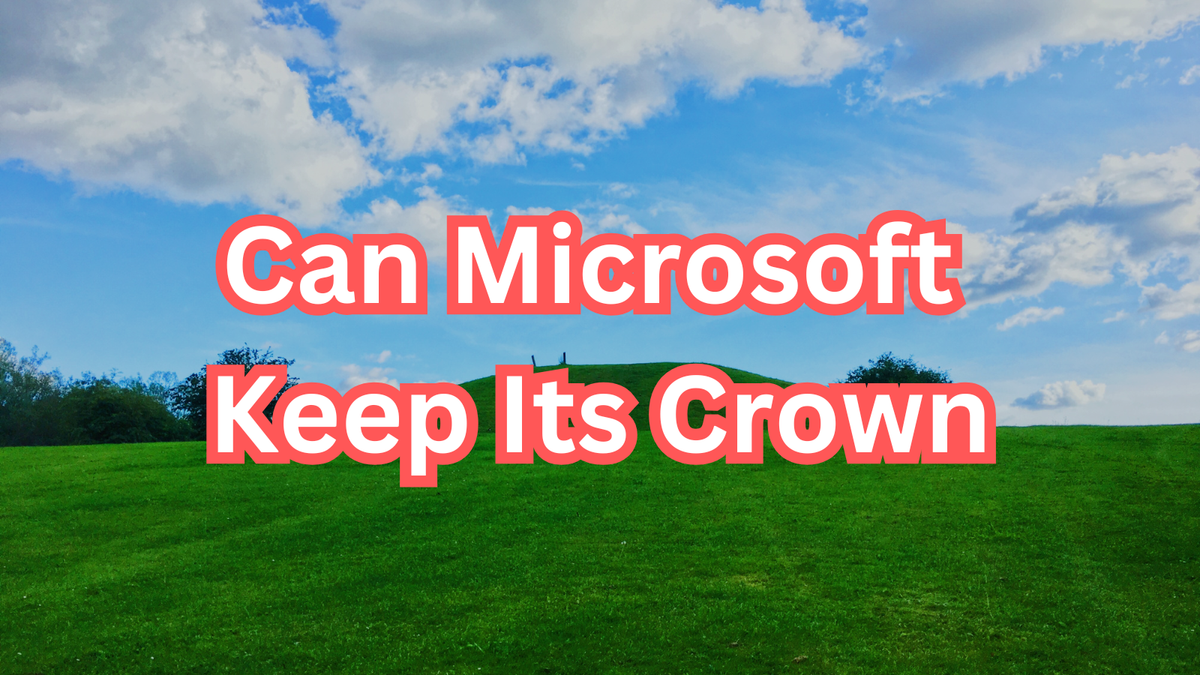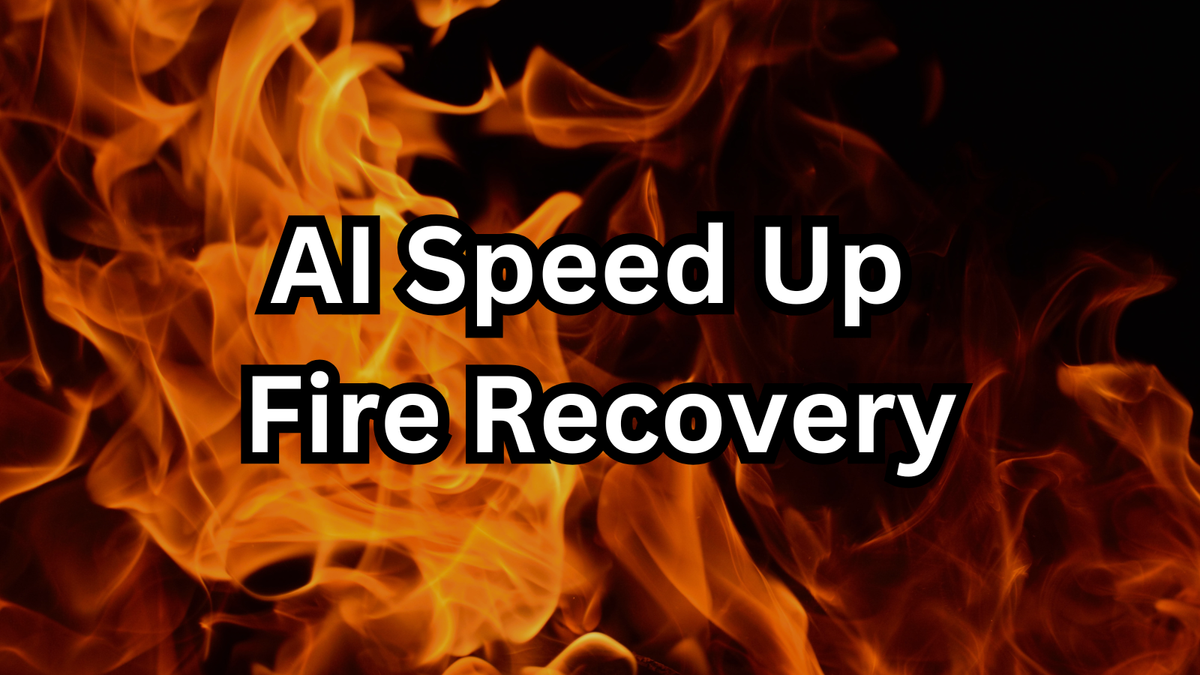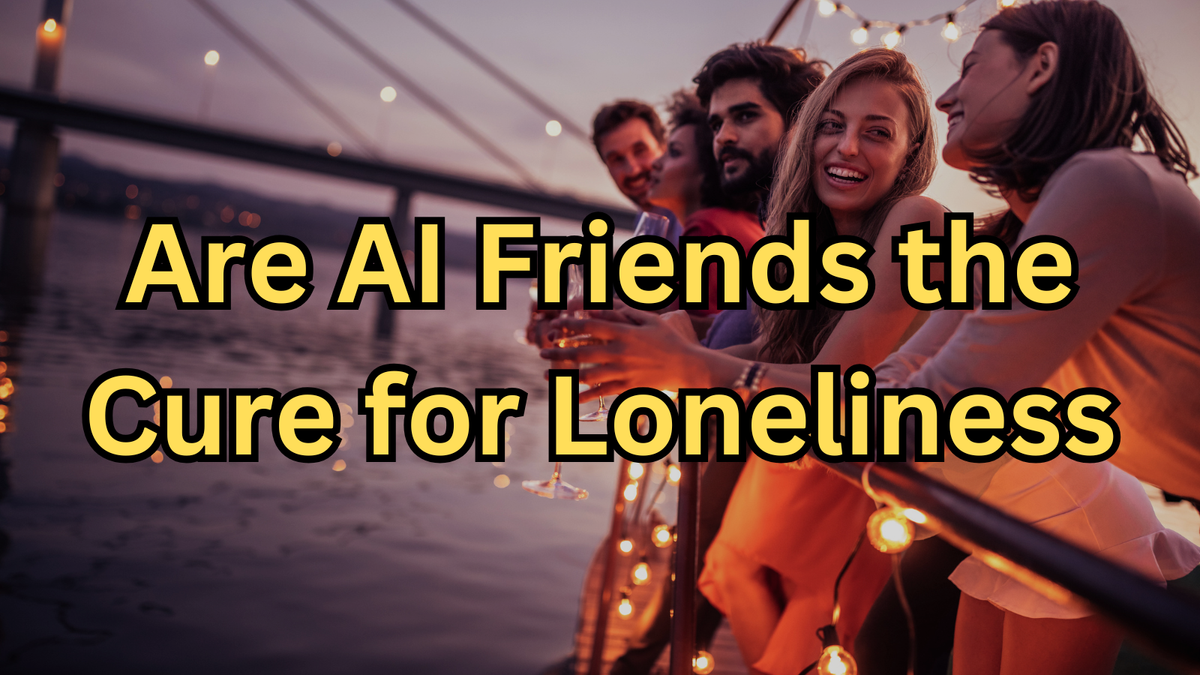Can AI Finally Let Us Talk to Dolphins? Google’s DolphinGemma Aims to Crack the Code
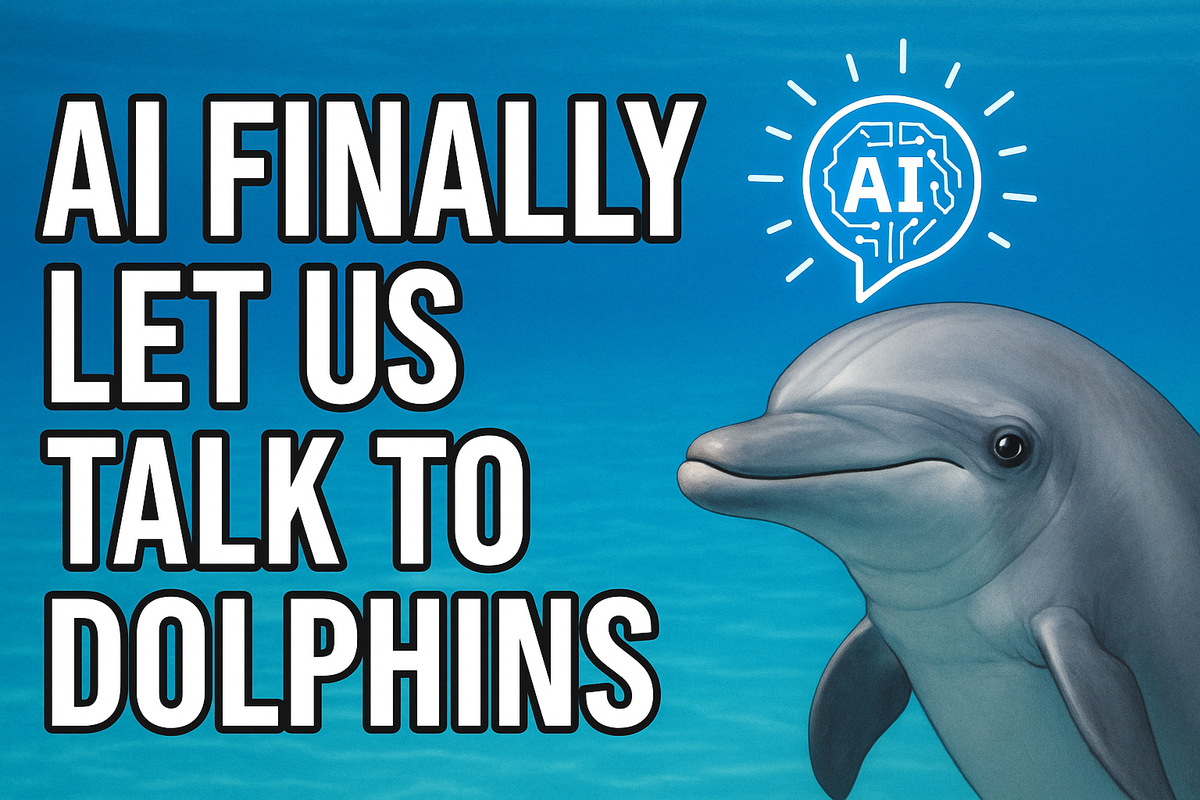
For decades, humans have marveled at dolphins’ intelligence and social complexity—but what if we could actually understand their language? Google, in partnership with marine biologists and AI researchers, is betting that artificial intelligence can bridge the gap between species. Their secret weapon? A groundbreaking AI model called DolphinGemma. Let’s dive in.
🌊 The Dolphin Communication Puzzle: Why It’s Harder Than It Looks
- 40 years of data, zero Rosetta Stone: The Wild Dolphin Project (WDP) has spent four decades recording Atlantic spotted dolphins, identifying sounds like signature whistles (mother-calf reunions) and squawks (mid-fight trash talk). But manually analyzing millions of clicks and buzzes is like searching for needles in a haystack.
- Noise pollution chaos: Underwater recordings are cluttered with boat engines, crashing waves, and static—making it nearly impossible to isolate dolphin “words” without advanced tech.
- Beyond cute tricks: Dolphins use complex vocalizations for courtship, conflict, and even shark warnings. Decoding these could revolutionize how we protect marine life—or even enable interspecies collaboration.
✅ DolphinGemma: Google’s AI-Powered Cetacean Translator
Google’s new open-source AI model, built on its lightweight Gemma framework, tackles the problem head-on:
- Pixel-powered precision: Uses Google Pixel’s noise-canceling audio tech to strip away ocean background sounds, delivering crystal-clear dolphin vocalizations for analysis.
- Pattern detective: Scours WDP’s 40-year audio library to cluster sounds into potential “words” or phrases—like grouping all squawks linked to fights or clicks tied to playtime.
- Open-source diplomacy: Releasing DolphinGemma this summer lets global researchers adapt it for bottlenose dolphins, orcas, and other species.

🚧 Challenges: Why Chatting With Flipper Isn’t Happening Tomorrow
- “Lost in translation” risk: Dolphins lack human-like syntax—their “sentences” might be fluid sequences we can’t yet map to objects or emotions.
- One pod, one dialect: DolphinGemma is trained on Atlantic spotted dolphins. Bottlenose or spinner dolphins may have entirely different vocal rules.
- Ethical minefield: If we succeed, should we “talk” to wild dolphins? Could AI-mediated interactions disrupt their natural behavior?
🚀 Final Thoughts: A Sea Change in Interspecies Communication?
DolphinGemma’s success hinges on three tides turning:
- 📈 Data depth: Expanding recordings to include video context (e.g., linking a specific click to a shark sighting).
- 🤝 Global collaboration: Marine biologists + AI engineers + ethicists must work in sync to avoid missteps.
- 🔓 Open-source momentum: If researchers worldwide refine DolphinGemma, we might crack dolphin dialects within a decade.
So—will your next beach vacation include a dolphin-powered ChatGPT session? Probably not yet. But for the first time, AI is making the impossible feel… splashably possible. What do you think: Should humanity prioritize talking to dolphins?
Let us know on X (Former Twitter)
Sources: Michael Dorgan. Google working to decode dolphin communication using AI, April 27, 2025. https://www.foxnews.com/science/google-working-decode-dolphin-communication-using-ai

